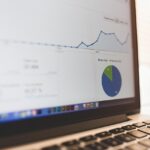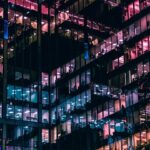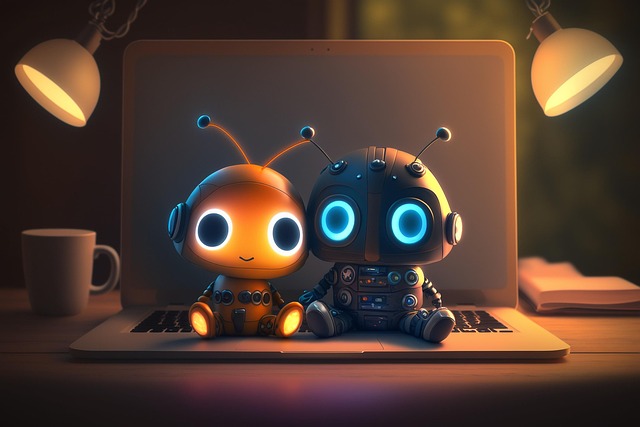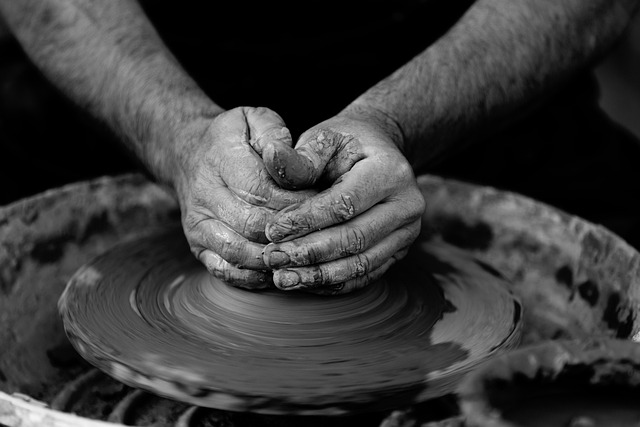# The Intersection of Technology and Imagination: Understanding the Rise of AI Art in Modern Culture
The evolution of art has always been intertwined with the technological advancements of its time. From the invention of the camera to the advent of digital painting tools, each new innovation has reshaped the artistic landscape. In recent years, artificial intelligence (AI) has emerged as a groundbreaking force, transforming the way we conceive, create, and appreciate art. This article explores the rise of AI art, examining its implications for creativity, the relationship between technology and imagination, and the cultural shifts it engenders.
## The Emergence of AI Art
Artificial intelligence has made significant strides in various fields, and the world of art is no exception. Drawing on vast datasets, AI algorithms can now generate images, music, and even literature that reflect human creativity. The introduction of Generative Adversarial Networks (GANs) has been particularly impactful. GANs consist of two neural networks—the generator and the discriminator—that work in tandem to create new, realistic images by analyzing existing ones. This technological advancement has opened new avenues for artists, allowing them to collaborate with machines in unprecedented ways.
Furthermore, the accessibility of AI tools has democratized art creation. Platforms like DALL-E, Midjourney, and Artbreeder enable users to create stunning visuals with minimal technical expertise. As a result, a wider audience can engage with the artistic process, blurring the lines between artist and audience. This shift challenges traditional notions of authorship and creativity, prompting us to reconsider what it means to be an artist in the age of AI.
## Redefining Creativity in the Digital Age
The question of creativity in AI-generated art invites a complex dialogue. While some argue that AI lacks true creativity, others contend that it serves as a powerful tool for human imagination. By analyzing patterns and styles from a plethora of artistic movements, AI can produce works that are both innovative and reflective of established genres. This capability raises intriguing questions about the nature of creativity itself: Is it solely a human trait, or can machines also participate in the creative process?
Artistic collaboration between humans and AI has the potential to enhance creative expression. Artists can use AI to explore new styles, generate ideas, and push the boundaries of their work. For instance, renowned artist Refik Anadol employs AI to create immersive installations that blend data and art, transforming abstract information into sensory experiences. Such collaborations highlight the symbiotic relationship between technology and imagination, suggesting that AI can amplify human creativity rather than replace it.
In addition to enhancing creativity, AI art also challenges the established art market. The rise of digital art and NFTs (non-fungible tokens) has created new economic models for artists, allowing them to monetize their work in innovative ways. As AI-generated art gains popularity, it raises questions about value and authenticity in the art world. Traditional art critics and collectors must grapple with the implications of AI’s involvement in the creative process, leading to a re-evaluation of what constitutes “original” art.
## Cultural Implications and Future Directions
The integration of AI into the art world has far-reaching cultural implications. As AI-generated art becomes more prevalent, it prompts discussions about the role of technology in shaping our cultural narratives. Art has always been a reflection of society, and AI art is no exception. By analyzing cultural trends and societal issues, AI can produce works that resonate with contemporary audiences, offering new perspectives on familiar themes.
Moreover, the rise of AI art challenges the exclusivity often associated with the art world. As more individuals engage with AI tools, the barriers to entry for artistic expression diminish. This democratization fosters a diverse range of voices and perspectives, enriching the cultural discourse surrounding art. However, it also raises concerns about the potential for homogenization. If AI algorithms are trained on existing datasets, there is a risk that they may inadvertently perpetuate biases or reinforce dominant narratives. Addressing these concerns requires a critical examination of the data used to train AI systems and an ongoing dialogue about the ethical implications of AI in art.
Looking ahead, the future of AI art is likely to be shaped by ongoing advancements in technology and evolving societal attitudes. As AI continues to improve, the potential for creating immersive and interactive art experiences will expand. Artists may increasingly incorporate AI into their practices, leading to new forms of storytelling and engagement. Additionally, as audiences become more familiar with AI-generated works, their appreciation for the intersection of technology and creativity may deepen, fostering a greater understanding of the artistic process.
## Conclusion
The rise of AI art represents a fascinating convergence of technology and imagination, challenging our perceptions of creativity and artistic expression. As AI tools become more accessible, the art world is witnessing a transformation that democratizes creativity and fosters new forms of collaboration. While the implications of AI-generated art are complex, they offer an opportunity for artists, critics, and audiences to engage in meaningful conversations about the future of art in a technologically driven society.
Ultimately, the intersection of technology and imagination in the realm of art invites us to reflect on our relationship with creativity itself. As we navigate this evolving landscape, it is essential to embrace the possibilities that AI presents while remaining vigilant about the ethical considerations it entails. In doing so, we can cultivate a richer, more inclusive artistic culture that honors both human ingenuity and technological innovation.











